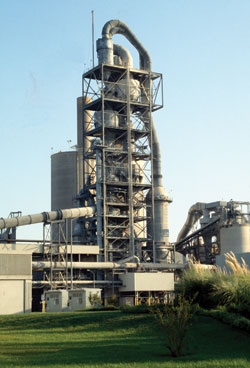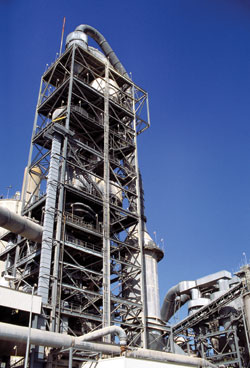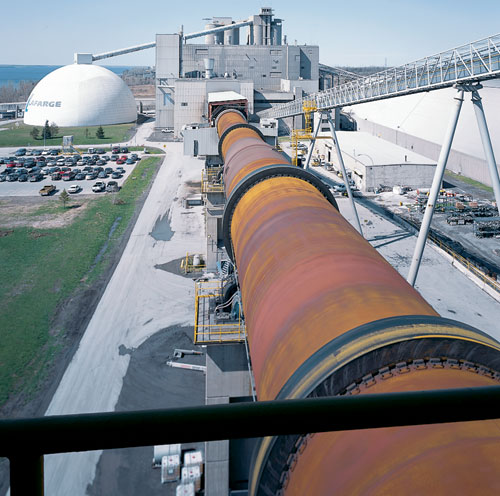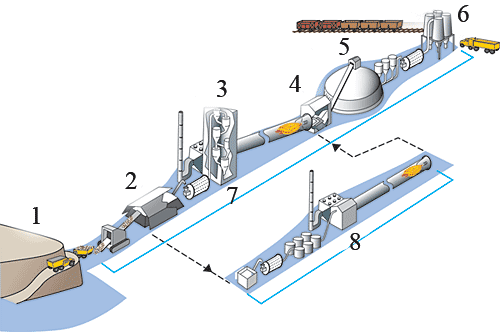Building Even Better Concrete
Even concrete has DNA
And in fact, there are scientists working on identifying such a substitute. A team at the Massachusetts Institute of Technology is studying calcium-silicate-hydrate particles (C-S-H), the basic building blocks of concrete. The researchers are poking and prodding various hardened cement pastes with a nano-size needle and examining the indentations under an atomic-force microscope to better understand the material's properties. They have discovered the C-S-H has a unique "nanosignature," or genomic code, indicating that the strength of concrete does not rely on a specific mineral but on the organization of that mineral as packed nanoparticles, opening the door for identifying an alternative mineral to be used in cement.
Franz-Josef Ulm, a professor in the department of civil and environmental engineering at MIT, maintains that bone-or the apatite minerals that form the "ultrastructure" in bone-could provide a model. Like concrete, bone consists largely of calcium and "achieves a very similar packing density at the nanoscale, but is ‘manufactured' at body temperature with no appreciable release of CO2," he explains. Unfortunately, hydration and hardening of these minerals take about a month. "But if we can find a way to mimic the process and speed it up, we could replicate it to fashion a new building material."
|
|||||||||
Another team, made up of scientists from the National Institute of Standards and Technology and Northwestern University, is also examining C-S-H particles at the nanoscale. The researchers are studying neutron beams as they pass through the particles to classify the location of water within the cement paste to help understand its chemical and physical structure. Though the methods and immediate interests of the two studies differ, the ultimate goals are essentially the same: "To create a stronger, more durable, and environmentally friendly material through a refined scientific understanding of C-S-H," says Georgios Constantinides, a postdoctoral researcher in materials science and engineering at MIT.













